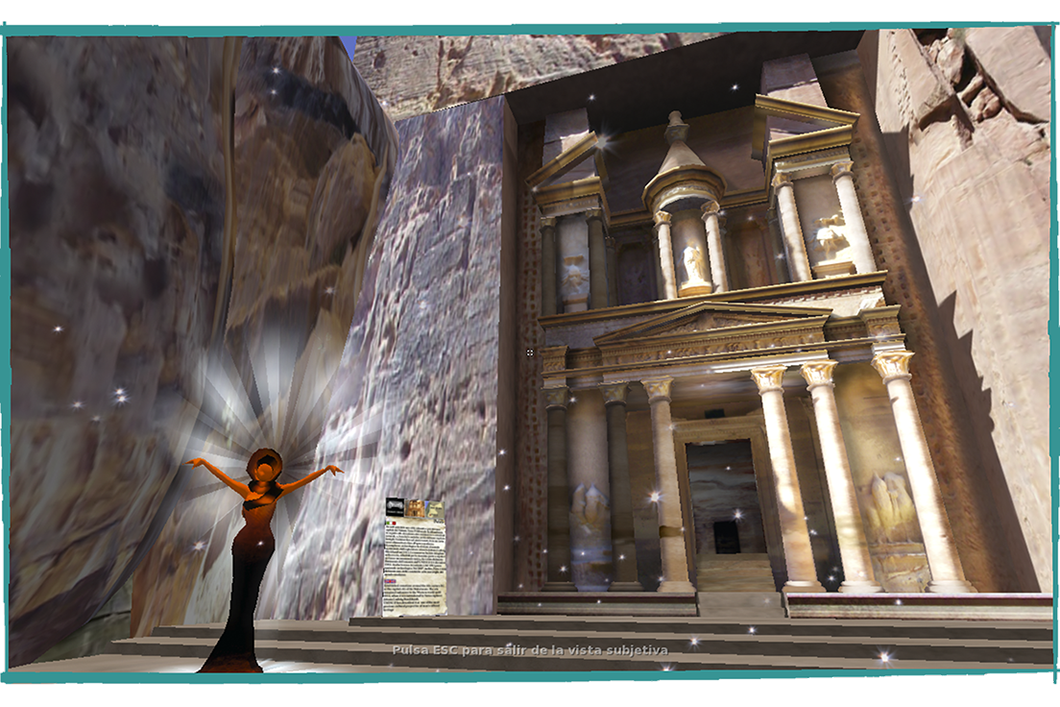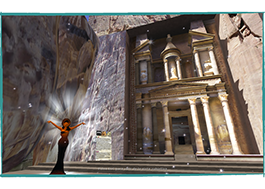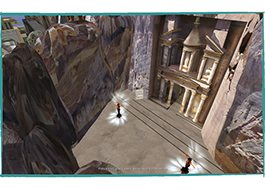PETRA
HISTORY
The next chapter of history belongs to the Persian period, and it is postulated that during this time the Nabateans emigrated to Edom. forcing the Edomites to move south of Palestine . But little is known about Petra proper until about 312 BC, at which time the Nabataeans, one of the many Arab tribes, occupied it and made it the capital of their kingdom.
At this time, during the Hellenistic domination of the Seleucids, and later, the Ptolemies, the whole area flourished with increasing trade and the establishment of new cities such as Philadelphia (Rabbath 'Ammon, modern Amman) and Gerasa (modern Jerash) . The struggles between the Seleucids and the Ptolemy allowed the Nabataeans to control the caravan routes between Arabia and Syria.
In 64-63 BC, the Nabateans were conquered by the Roman general, Pompey, whose policy was to restore the cities taken by the Jews. However, it retained an independent Nabataea, although the area was taxed by the Romans and served as protection territory against the desert tribes. Completely subsumed by the Romans under Emperor Trajan in 106 CE, Petra and Nabataea then became part of the Roman province known as Arabia Petraea with its capital at Petra. In 131 AD Adriano, the Roman emperor, visited the site and named it after him, Hadriane Petra.
The city continued to flourish during Roman times, with an Arc de Triomphe encompassing the Siq, and tomb structures carved into live rock or built independently. Under Roman rule, classical Roman monuments abounded, many with Nabataean nuances














